Here at Driving Range Heroes, we’re always picking at ways to improve our golf games. Especially as we’re getting older with less time to play, we’re always up for a quick fix to make us better than our pure skill allows. Well, on a late Fall golf adventure together, DRH’s own Jon Heise shared his latest intrigue with Bill over a crisp 18 holes – putting graphite shafts in wedges.
Jon had recently stumbled into playing graphite shafts in some new wedges and noticed a few interesting unexpected characteristics. He found that he was consistently stuffing approach shots on full wedge swings and was able to generate more spin, which led to better stopping power on the greens. The problem, though, was around the greens themselves. Jon said that when it came to short chips and pitches, especially from 60 yards or less, he was still struggling to adjust to the graphite shafts both in feel and general “performance response”. Aka, what the wedge would actually do with his swing.
After watching these noticeable differences with Jon throughout the round, my curiosity finally got the best of me. I asked Jon if I could try a few shots with his graphite-shafted wedges, and he was happy to oblige being the good pal that he is. While I won’t say I was totally dialed in, I made some interesting observations similar to Jon’s that made a compelling case. It was at this point that I knew we wanted needed to explore this further…
The Experiment: Testing Graphite Shafts in Wedges
You don’t tend to think of graphite shafts when it comes to your wedges. This has shifted slightly in very recent years, but still isn’t super common. Especially in sand and lob wedges. Traditionally, wedges have been fitted with steel shafts, which generally feel a bit more stable and responsive. Steel is generally firmer, with less flex, which works well for shots where control and precision are key.
With Jon’s initial positive experiences and my own curiosity piqued, we decided we needed to dive into this further. We reached out to our partners at Fujikura, UST Mamiya, Breakthrough Golf Technology, and Mitsubishi Chemical to get their insight around graphite shafts in wedges and whether or not we were crazy. These company’s generously provided us with some direction in our investigation and some graphite shafts to test with.
Of course, we needed some fresh wedges to get some clean and consistent output from. Sub 70 Golf generously supplied us with a set of fresh TAIII wedge heads to pair with the graphite shafts.
Key Areas of Focus
During our testing, we’ll be looking at the following key areas for each of us to determine whether graphite shafts truly offer a competitive edge in wedges:
- Control and Spin: Can graphite shafts provide more spin and control on full wedge shots? Do they help us achieve more bite on the greens?
- Feel and Feedback: How does the feel compare to steel shafts, especially around the greens on delicate chips and pitches? This is highly subjective, but very important with your scoring clubs.
- Distance and Accuracy: Does the lighter weight of graphite impact distance control, especially on full swings from 100 yards and in? Will it screw up our yardage gaps? Or will they be able to adjust to relatively painlessly?
- Short Game Adjustments: Do we need to adjust our “technique” with graphite shafts in our wedges? Can we just swing away with our stock swings with minimal adjustment?
What We Hope to Learn
Ultimately, our goal is to determine whether switching to graphite shafts in wedges offers a tangible benefit in performance, or if the differences are actually marginal. Anecdotally, we’re super intrigued by what we’ve seen thus far, but want to see if it’s “real” or just a honeymoon period of trying something different. It’s clear that the feel and performance are different from our usual preferred steel options, but is it really as advantageous as it seems?
There’s a lot of work to do, but we’ll be sure to share our findings on the site as we go. Maybe we’re out of our minds and this will ultimately help us confirm that we’re better off with our usual steel shafts. Or maybe it will turn up some interesting results that are game changers for us! Either way, we’ll be sure to report on our experiences.
Have You Tried Graphite Shafts in Your Wedges?
We’re highly aware that we’re far from the first golf fiends to go down this path and a lot of people have experienced this journey. If you’ve experimented with graphite shafts in your wedges, let us know how it went for you in the comments below. Did you see improved control? More spin? Or did you find it difficult to adjust to the different feel and performance?
Graphite Wedge Shaft Experiment: TL;DR
Jon experimented with graphite shafts in his wedges and it caught his attention because of killer performance on full shots, but struggled a bit around the greens. Intrigued by these findings, Jon and Bill decided to test graphite shafts more thoroughly by partnering with trusted shafts brands and doing some experimentation. Ultimately, they aim to determine if graphite shafts provide a real performance benefit over traditional steel shafts or if the differences are marginal.

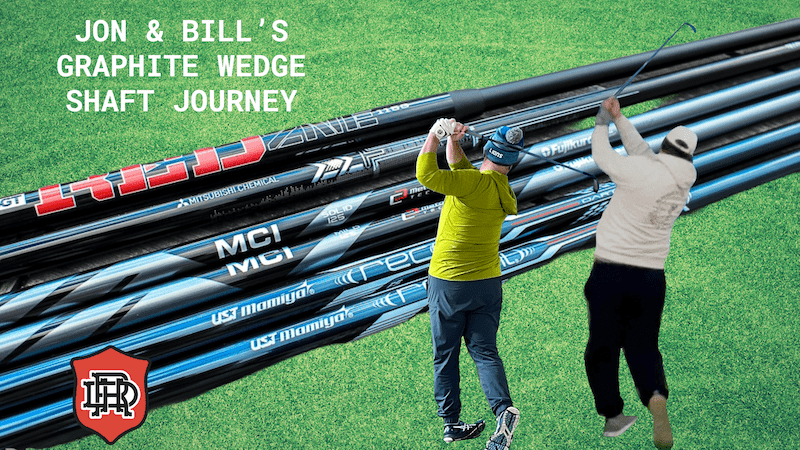
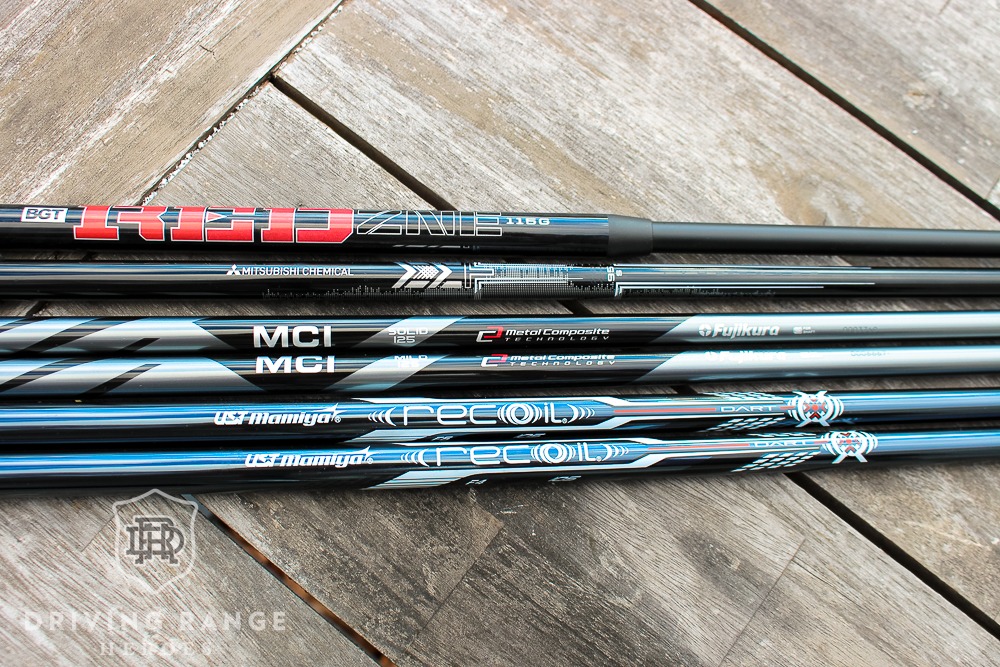
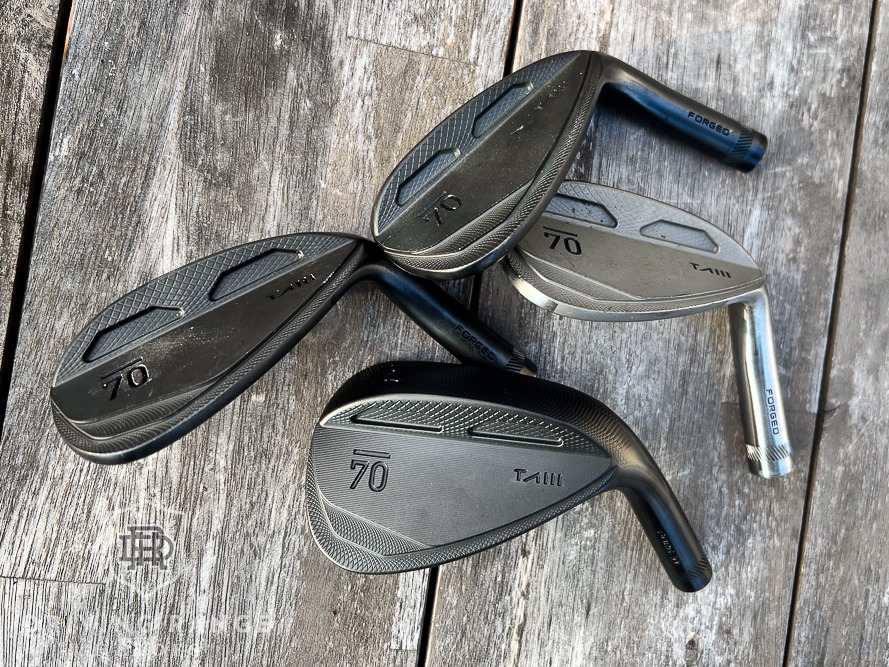
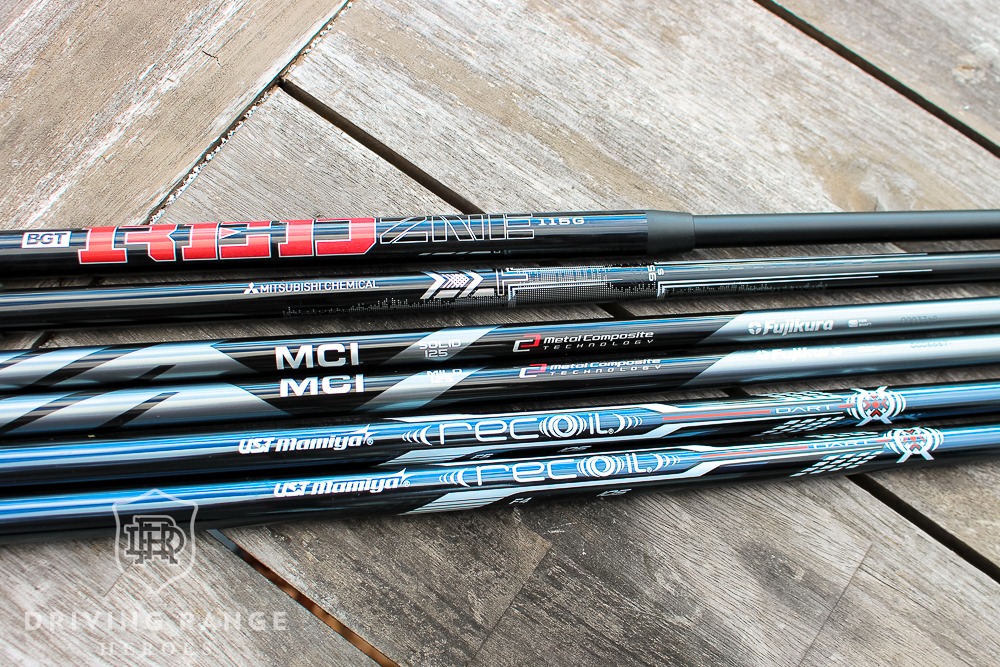

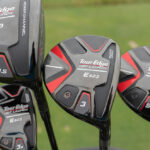
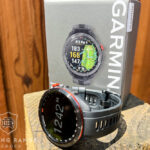
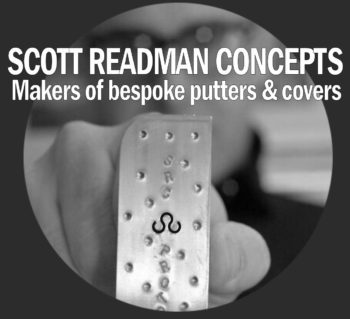











I have graphite shafts in my irons and haven’t hit my irons like this ever before.
After using the BGT Stability Tour shaft in my putter with great success I was eager to try the ZNE shafts when they came out in my wedges. I first put the 130g shaft in my Lob wedge. Then I put the 115g shaft in my gap wedge. When the Red ZNE shaft was introduced I put that into my Sand wedge. After playing them for a couple of years I am convinced that they have improved my short game as well as when taking a full swing. I heartily recommend them!